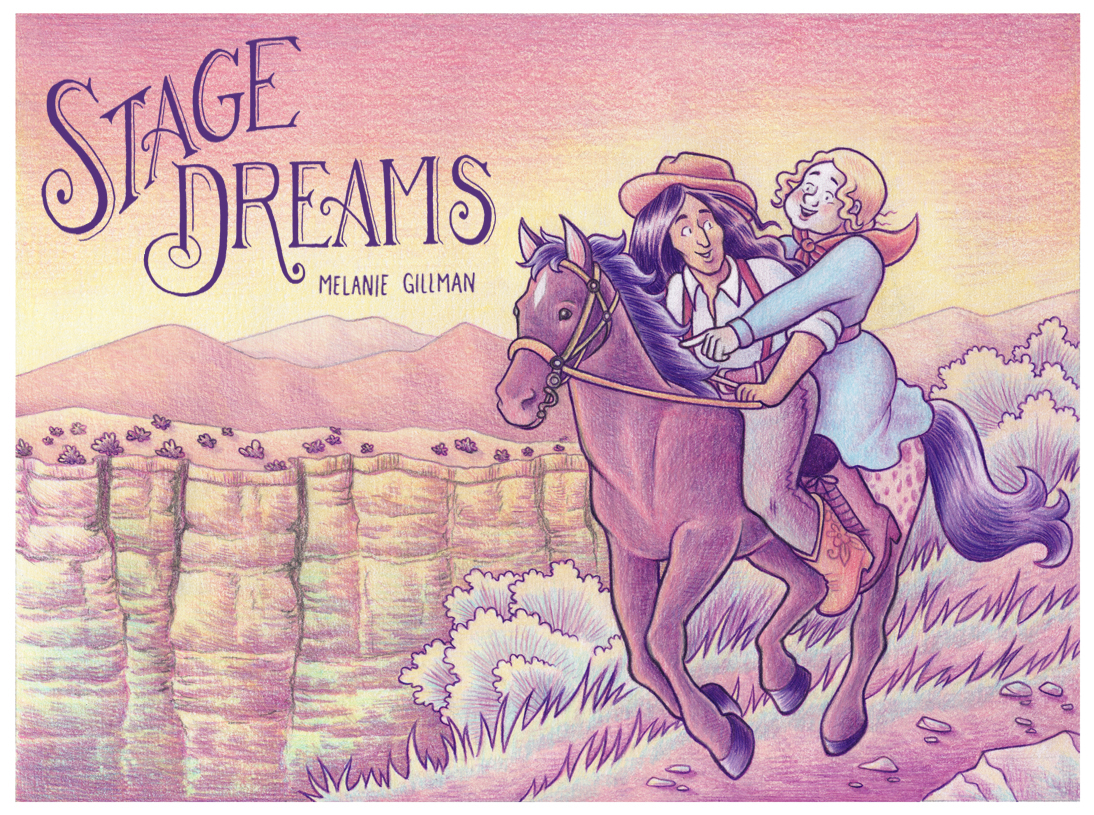
Teeth and nails have grown somewhat but fangs were never a feature essentially. Blood seeping from the mouth and when one was seen in its coffin, the left was often open. They were usually ruddy, dark in color, and bloated in appearance. It is not possible to make out descriptions of vampires that are described in folklores however they were quite similar to the ones portrayed in European fiction.

The belief in vampires became so pervasive at one point that in some areas it caused public executions of people who are thought to be vampires and mass hysteria. Folk Beliefs And VampireĬultures such as Ancient Greeks, Mesopotamians, Manipuri, Hebrews, and Romans had tales of spirits and demons which are considered the predecessors to vampires. Another widespread theory is that Slavic languages have borrowed this word from the Turkic term ‘witch’. The exact etymology of this word is unclear. The English term possibly derived from the French term ‘vampyre’ which appeared from the German term ‘vampir’, which derived from Serbian ‘vampir’ in the early 18th century. In 1718 officials noted the unearthing of corpses and killing of vampires after Austria gained control over Oltenia and northern Serbia with the Treaty of Passarowitz.

The topic of vampires had already been discussed in German and French literature. The word ‘vampire’ first appeared in English as ‘vampyre’ in the year 1732 in news reports about epidemics in the eastern part of Europe. Origin of Vampires in Modern Fiction And Literature.Origin of Vampires | Complete History of Vampires:


 0 kommentar(er)
0 kommentar(er)
